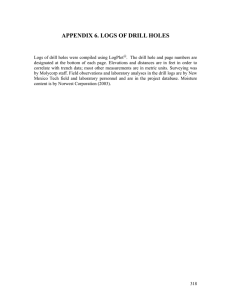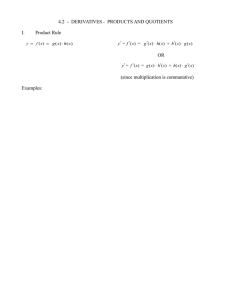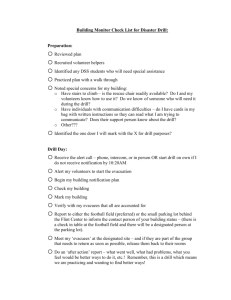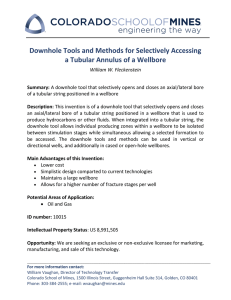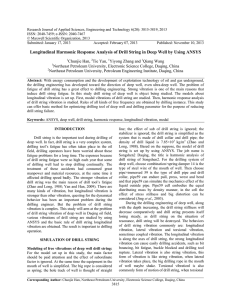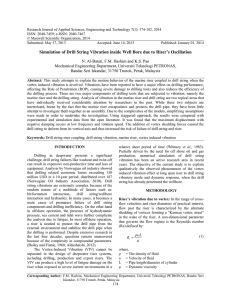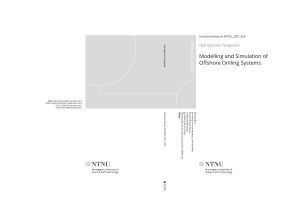Civil and Architectural Engineering Idris Said AL-Anqoodi
advertisement
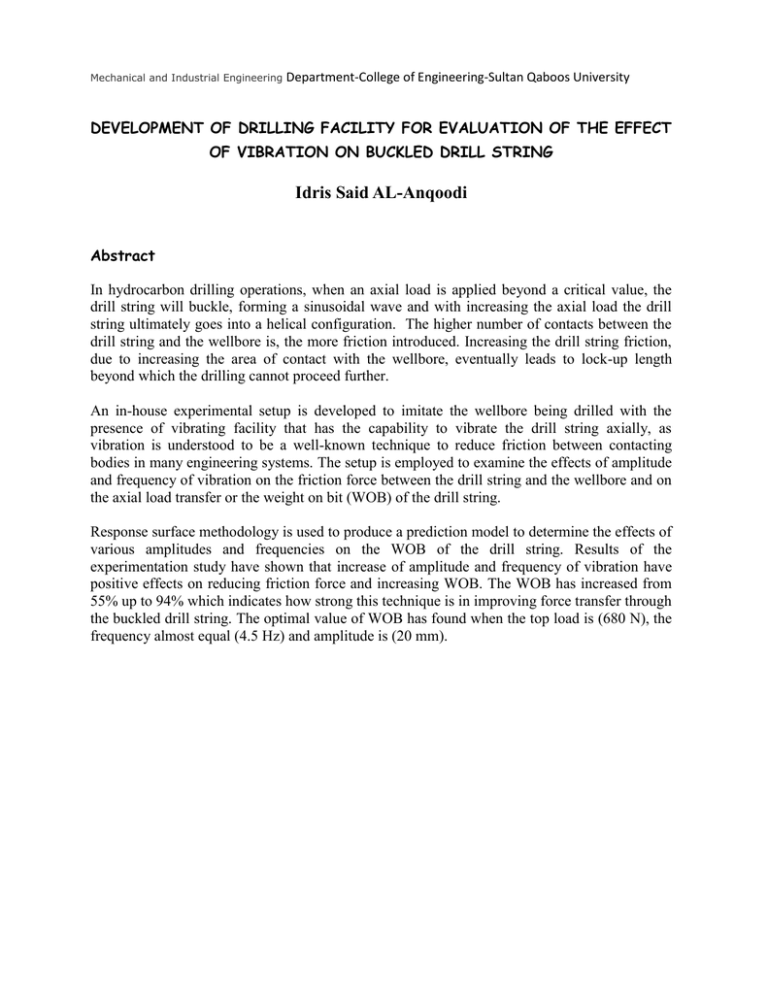
Civil and Architectural Engineering Mechanical and Industrial Engineering Department-College of Engineering-Sultan Qaboos University DEVELOPMENT OF DRILLING FACILITY FOR EVALUATION OF THE EFFECT OF VIBRATION ON BUCKLED DRILL STRING Idris Said AL-Anqoodi Abstract In hydrocarbon drilling operations, when an axial load is applied beyond a critical value, the drill string will buckle, forming a sinusoidal wave and with increasing the axial load the drill string ultimately goes into a helical configuration. The higher number of contacts between the drill string and the wellbore is, the more friction introduced. Increasing the drill string friction, due to increasing the area of contact with the wellbore, eventually leads to lock-up length beyond which the drilling cannot proceed further. An in-house experimental setup is developed to imitate the wellbore being drilled with the presence of vibrating facility that has the capability to vibrate the drill string axially, as vibration is understood to be a well-known technique to reduce friction between contacting bodies in many engineering systems. The setup is employed to examine the effects of amplitude and frequency of vibration on the friction force between the drill string and the wellbore and on the axial load transfer or the weight on bit (WOB) of the drill string. Response surface methodology is used to produce a prediction model to determine the effects of various amplitudes and frequencies on the WOB of the drill string. Results of the experimentation study have shown that increase of amplitude and frequency of vibration have positive effects on reducing friction force and increasing WOB. The WOB has increased from 55% up to 94% which indicates how strong this technique is in improving force transfer through the buckled drill string. The optimal value of WOB has found when the top load is (680 N), the frequency almost equal (4.5 Hz) and amplitude is (20 mm).
